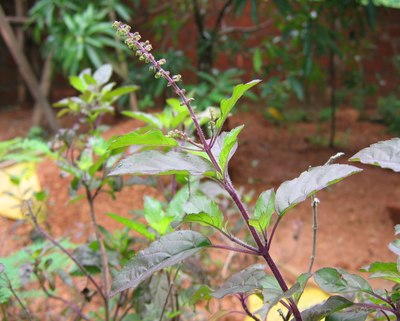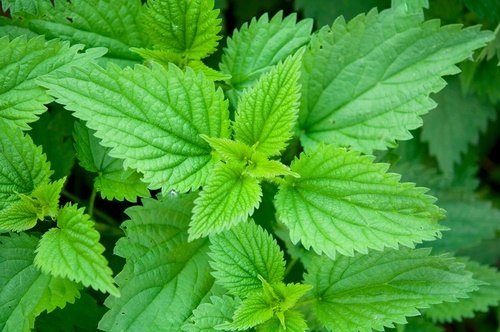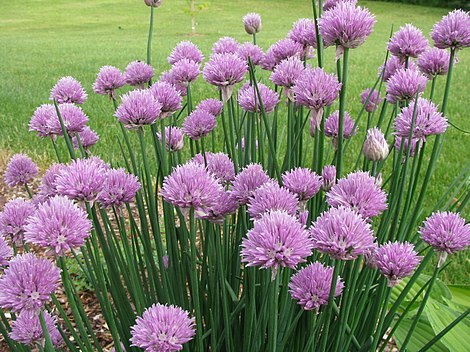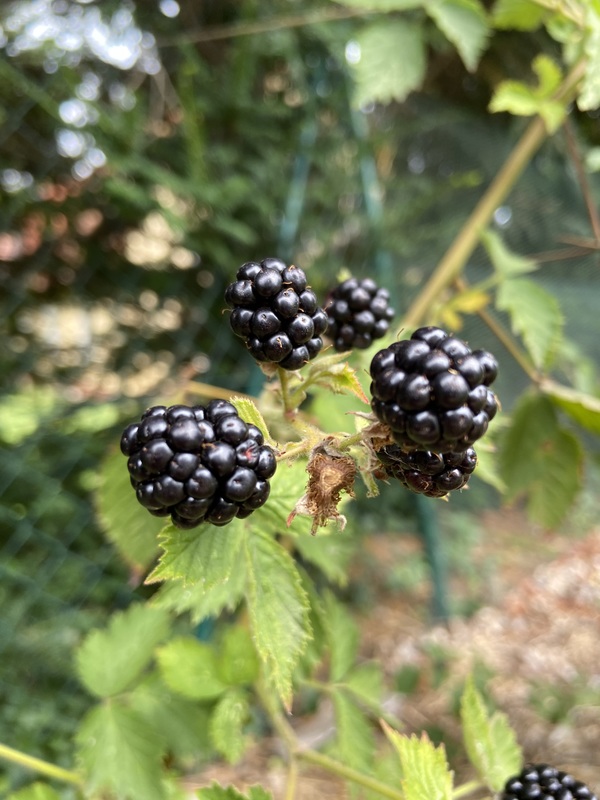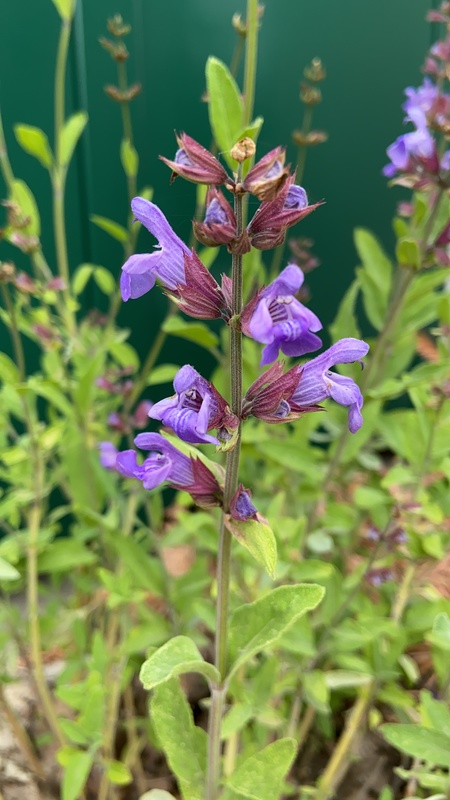Description
Holy basil (Ocimum tenuiflorum), also known as Tulsi, is a plant native to India. It is a small herb that grows to a height of around 60 cm, with oval-shaped leaves and purple flowers. The plant prefers well-draining soil and a sunny location, and should be watered regularly. Holy basil is not winter hardy and should be grown as an annual in colder climates.
The leaves of holy basil are edible and can be used in a variety of dishes. They have a spicy, aromatic flavor and are often used in soups, stews, and curries. The leaves can be stored by drying or freezing.
In addition to its use as a culinary herb, holy basil is also valued for its medicinal properties. It is commonly used in Ayurvedic medicine to treat a variety of ailments, including stress and anxiety. Holy basil is also believed to have anti-inflammatory and immune-boosting properties.
In addition to its culinary and medicinal uses, holy basil is also valued for its ability to attract pollinators, such as bees and butterflies. This can be beneficial for gardeners and farmers who are looking to support local wildlife and improve the overall health of their gardens and fields.
